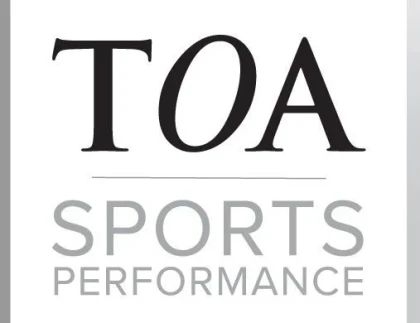Media Center
Weekend Warrior 101
Are You a Weekend Warrior?
Since the end of World War II, worker productivity in the United States has quadrupled and over 85% of workers in the US work over 40 hours per week. Whether it’s catching up on favorite TV shows, driving kids to after-school activities, communicating with friends on social media, or just surfing the internet, there are infinite demands on our finite leisure time and this has led to the rise of the “weekend warrior.” Webster’s dictionary defines a weekend warrior as “a person who participates in a usually physically strenuous activity only on weekends or part-time.” Many people have the desire to remain active in sports or exercise, but time constraints force them to limit their participation to relatively infrequent episodes of intense activity.
Risks for the Weekend Warrior
Generally, weekend warriors are at higher risk for injuries because of their short bursts of intense activity. Feeling rushed, athletes may not properly warm up and stretch for their activity and may jump right into a high intensity workout. While we usually associate overuse injuries like tendonitis or acute injuries like muscle strains or ligament tears to the weekend warrior lifestyle, at least one study has shown a higher risk of major trauma in weekend athletes. (Roberts, 2004)
Also working against the weekend warrior are the natural age-related changes in muscles, bones, ligaments, and cartilage that occur as we mature. These changes require that we spend more time on conditioning, warm-up, and stretching to avoid injuries.
Injury Prevention in the Weekend Warrior
Focusing on sustained exercises throughout the week and varying your physical activities will help to strengthen muscle groups and joints. When you have fewer episodes of intense exercise and overuse the same muscles and joints, you have a higher likelihood of injury.
Warm up properly for your activity, allowing your muscles to get ready for maximum performance. Stretching after a proper warm-up is also important as tight muscles and joints are more prone to injury than normal.
When committing to a workout routine, start slow and gradually increase your workout intensity and duration. Don’t start a high intensity program without giving your body a chance to adapt by gradually introducing more vigorous exercises. Plan to increase intensity at 10% per week to gain appropriate strength and conditioning.
Don’t underestimate the importance of hydration in avoiding injuries. Drinking plenty of water and fluids both before and during exercise keeps your muscles operating at their best and gives you a greater margin of error before an injury can occur.
Using proper equipment, like well-fitted shoes for running, and paying attention to appropriate form and technique will also help reduce injury rates.
When to seek treatment for a sports related injury?
For acute injuries, usually the result of an impact or traumatic event that occurs in one specific area of the body, such as a muscle, bone, or joint, the following symptoms are indicators that treatment is needed.
- Obvious deformity, significant lacerations, severe pain.
- Inability to bear weight or giving way of the knee.
- Inability to raise the arm.
- Pain and dysfunction that do not start to improve relatively quickly.
For overuse injuries, damage and pain caused by repetitive movement, seek treatment if you are experiencing severe pain or if you fail to improve with basic treatment such as ice, rest, and stretching.
Is there any good news?
Yes there is! The good news is that while concentrated activities might increase your risk of injuries, there are enormous benefits to being active, even if only on the weekends. A large study of over 63,000 adults over age 40 demonstrated 30% lower mortality from all causes in those who participated in 150 minutes per week of moderate intensity activity or 75 minutes per week of vigorous activity compared to those who did not, even when those periods of activity were concentrated into one or two sessions. (O'Donovan, 2017) In summary, we should all set a goal of being more active for the good of our health in general, but we should take steps to minimize the injuries that could ultimately take us away from the activities we enjoy.
Works Cited
O'Donovan, G. et al (2017). Association of “Weekend Warrior” and Other Leisure Time Physical Activity Patterns With Risks for All-Cause, Cardiovascular Disease, and Cancer Mortality. JAMA Internal Medicine, 177(3), 335-342.
Roberts, D. J. et al (2004, June). The “weekend warrior”: Fact or fiction for major trauma? Canadian Journal of Surgery, 57(3), E62-E68.

Dr. J. Bartley McGehee, III sees patients at TOA’s Franklin, Cookeville and St. Thomas West locations.








